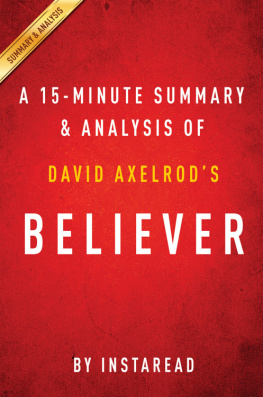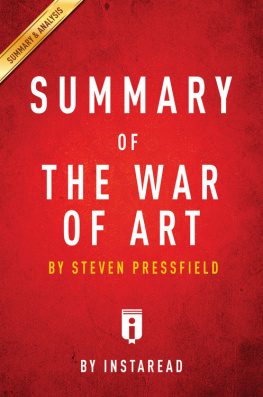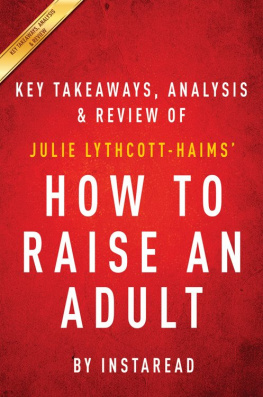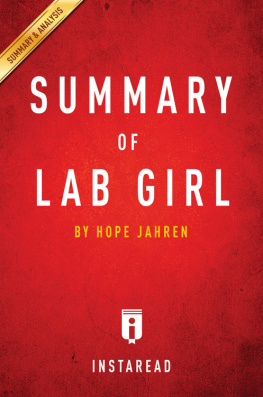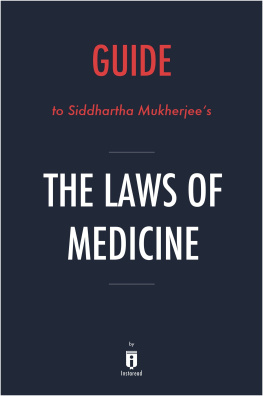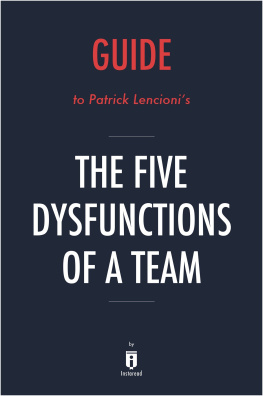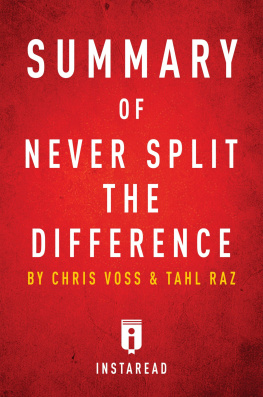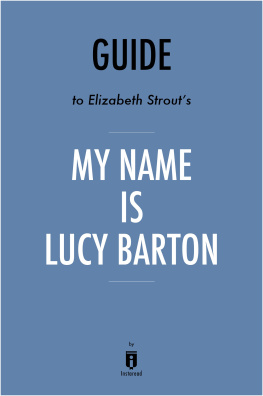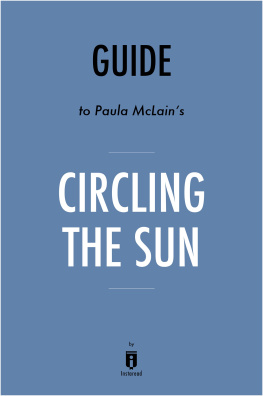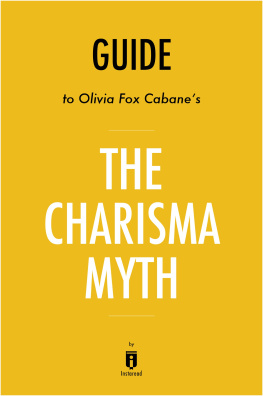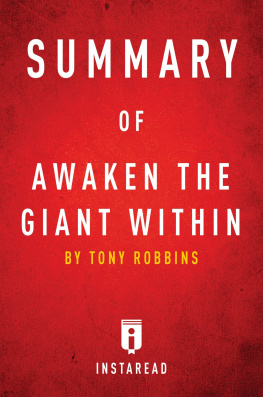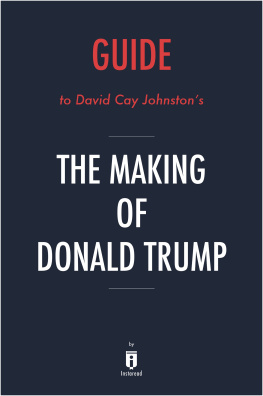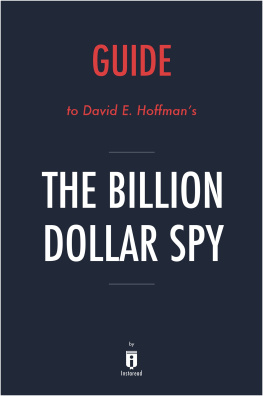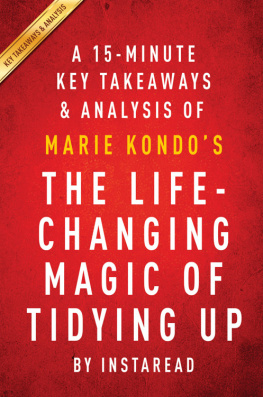Summary
David Axelrod was the son of Joseph Axelrod, who left Eastern Europe at the age of eleven, and his wife, Myril Davidson, also a daughter of Jewish immigrants. Joseph became a psychologist with a small practice that insisted on charging patients a minimal fee. He also occasionally administered psychological tests at settlement houses. Myril, on the other hand, rose to the top on Madison Avenue as an advertising executive. Their marriage ended by the time Axelrod was eight.
David Axelrod was five years old when he became fascinated by politics after seeing John F. Kennedy at a 1960 presidential campaign rally in New York. Despite JFKs assassination, young Axelrod continued to believe in the power of politics to effect change. He became a youth volunteer for Robert Kennedys 1964 Senate campaign and, later, his 1968 presidential campaign.
Axelrod attended the University of Chicago. He was drawn to the city by Chicago politics as epitomized by longtime Mayor Richard J. Daley and his patronage system. Political scandals were not just in Chicago in 1972, the year of Watergate, and Axelrod was drawn to political journalism. He earned a coveted internship in 1976 with the Chicago Tribune, which he parlayed into a full-time job and eventual promotion to politics writer.
Axelrod married Chicago native Susan Landau, and baby Lauren was born in 1981. Lauren began suffering severe seizures, which caused brain damage. Even with work-provided insurance, medical bills were staggering. At the same time, Axelrod could see financial disaster looming for newspapers plagued by falling circulation.
Paul Simon, a congressman, wanted Axelrod to work full-time on his Senate campaign. With Laurens issues, and a new baby, Michael, joining the family, Axelrod was not certain he should leave his newspaper job. In 1984, Susan told him to take the offer because he was not going to be happy otherwise. He started as communications director for Simon, a bow-tie wearing liberal. On his first day, he met a kid named Rahm Emanuel who, at twenty-four, already had a reputation for being a fund-raising genius. With Axelrod as campaign manager, Simon won a Democratic victory in a landslide year for Republicans.
In January of 1985, Axelrod formed his own consulting firm and started with local candidacies. He had notable success with Harold Washington, who became Chicagos first black mayor. In 1987, his second son, Ethan, was born.
Axelrod next ran a successful campaign for Richard M. Daley, the former mayors son, who would be Chicagos mayor for twenty-two years. Success brought more business. For the next ten years he consulted on mayoral races in many big cities. He also did some minor work for Bill Clintons presidential campaign, working again with Emanuel. Axelrod did not become more involved in the campaign because Lauren was getting worse, and he did not want to be away from home.
Next, he consulted for Carol Moseley Braun, who served one term in the US Senate from Illinois, and other candidates including Patrick Kennedys successful congressional run in Rhode Island. Axelrod was not involved in Clintons re-election. However, Axelrod noted that Clintons opponent, Bob Dole, a World War II veteran, called himself a bridge to the past. With this information, he suggested to Emanuel that Clinton position himself as a bridge to the future, a sentiment the campaign turned into Clintons promise to be a bridge to the twenty-first century.
Axelrod worked with Rod Blagojevich, a candidate who won election to Congress from Illinois, but did remarkably little there. They parted ways even before Blagojevich became governor and was subsequently charged with corruption. Axelrod next helped Democrat Tom Vilsack win election to the Senate from Iowa.
At home, the family tried drugs, diets, even surgery, to help Lauren, but nothing worked. Susan formed a charity devoted to finding a cure. First lady, Hillary Clinton, became a close ally in the fight against epilepsy, which affected one of her own relatives.
Axelrod was considering signing on for Al Gores presidential run when Susan discovered she had breast cancer. Though her prognosis was good, family came first. Hillary Clinton kept in close touch during this trying time and signed Axelrod to do some work for her Senate campaign. Lauren responded to a new drug and moved into a community for people with disabilities.
In 2002, Axelrod was busy with Vilsacks re-election and Emanuels successful House run, but he was also keeping an eye on Barack Obama, whom he first met in 1992. Obama served with distinction in the state Senate and was eying an open U.S. Senate seat. He got a break when Moseley Braun decided to run for president of the US instead of trying to return to the Senate. Axelrod first gave informal advice as he watched Obamas message of change take shape. Then he began producing ads. He came up with the slogan, Yes we can. Obama eased through the primary and the general election when a sex scandal torpedoed the Republican campaign. During this time, Axelrod told Obama that he needed to make his speeches more personal and less professorial. Obama took it to heart, and was chosen as keynote speaker at the Democratic National Convention in 2004.
Axelrods consulting business flourished. Obama, meanwhile, was being talked up for president in 2008, an idea he resisted. Axelrod was in Obamas inner circle of advisers as his resistance lessened. Obama was deeply concerned over President George W. Bushs mishandling of Hurricane Katrina and the war in Iraq. Axelrod began writing speeches as Obama tested the waters. Axelrod was dubious about the idea, however, as Hillary Clinton rolled up money and support for a 2008 presidential run. He finally became convinced that Obama should run after working with Deval Patrick, another idealistic black candidate, who was elected governor of Massachusetts. The Patrick campaign attracted lots of tech-savvy young people, and used hope as a major theme, which the Obama team would emulate.
Axelrod was torn between his admiration for Obama and his ties to Hillary Clinton, who had been so good to his family. He finally decided Obama was the better choice because he came without Hillary Clintons Washington baggage and pro-Iraq war history. The race against the well-funded and politically astute Clintons was a tough one. Axelrod decided they needed to stay positive at all costs and play up Obamas personal story. Hillary Clinton, meanwhile, gave a more negative vibe as she stressed her insider experience and ability to slug it out with Republicans.

